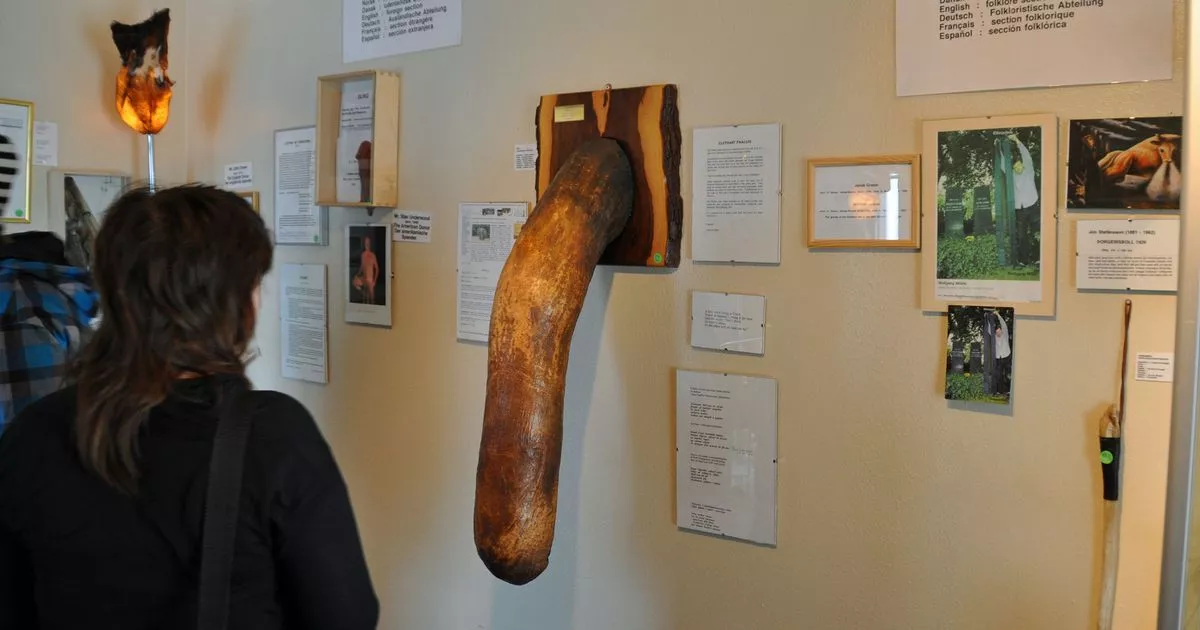
## World Biggest Cock: Understanding Avian Size and Significance
This article delves into the world of avian size, specifically focusing on the concept of the “world biggest cock.” We aim to provide a comprehensive understanding of this topic, exploring the biological factors influencing size, discussing notable examples, and addressing common misconceptions. Our goal is to present accurate information in a respectful and informative manner, fostering a deeper appreciation for the diversity and complexity of the avian world. This article will explore the subject with expertise, accuracy and will be a trustworthy resource.
### Deep Dive into Avian Size
Understanding avian size requires a nuanced perspective that goes beyond simple measurements. It involves considering various factors such as genetics, diet, environment, and species-specific characteristics. The term “world biggest cock,” when interpreted literally, refers to the largest male chicken or rooster. However, the concept can be expanded to encompass the overall size and characteristics of different chicken breeds known for their large size. It’s important to distinguish between mere size and overall health and well-being. A large bird isn’t necessarily a healthy or well-cared-for bird.
Core Concepts & Advanced Principles:
The size of a rooster is influenced by a complex interplay of genetic and environmental factors. Certain breeds, such as the Jersey Giant or the Brahma, are genetically predisposed to grow larger than other breeds. However, even within these breeds, individual birds can vary significantly in size depending on their diet, living conditions, and overall health. Understanding these factors is crucial for breeders and poultry enthusiasts who are interested in raising large chickens.
Importance & Current Relevance:
While the pursuit of the “world biggest cock” might seem trivial, it reflects a broader interest in avian genetics, breeding practices, and the diversity of chicken breeds. Understanding the factors that influence avian size can have practical implications for poultry farming, conservation efforts, and even our understanding of animal growth and development. Recent studies indicate that selective breeding for size can have unintended consequences on the health and welfare of chickens, highlighting the importance of responsible breeding practices.
### The Jersey Giant: A Notable Example
The Jersey Giant is a breed of domestic chicken originating in the United States. It is known for being one of the largest chicken breeds, with roosters often weighing over 13 pounds. The breed was developed in the late 19th century and is prized for its size, meat production, and docile temperament. The Jersey Giant is a prime example of how selective breeding can result in significant changes in avian size and characteristics. The Jersey Giant serves as an excellent example for understanding the concept of the “world biggest cock” in practical terms.
Expert Explanation:
The Jersey Giant’s large size is a result of selective breeding over many generations. Breeders focused on selecting birds with the largest body size and the fastest growth rate, gradually increasing the average size of the breed. The breed’s genetic makeup also contributes to its large size, with specific genes influencing muscle development, bone growth, and overall body conformation. The Jersey Giant’s size is not just about weight; it also has a distinctive appearance, with a long, broad body, a deep chest, and a well-developed comb and wattles.
### Detailed Features Analysis of the Jersey Giant
Key Features:
* **Large Size:** Jersey Giants are among the largest chicken breeds, with roosters typically weighing 11-13 pounds and hens weighing 8-10 pounds.
* **Docile Temperament:** Despite their large size, Jersey Giants are known for their gentle and docile temperament, making them suitable for backyard flocks and families with children.
* **Good Meat Production:** Jersey Giants are valued for their meat production, providing a substantial amount of meat compared to smaller chicken breeds.
* **Cold Hardiness:** Jersey Giants are relatively cold-hardy, making them well-suited for colder climates.
* **Dual-Purpose Breed:** Jersey Giants are considered a dual-purpose breed, meaning they are suitable for both meat and egg production.
* **Dark Plumage:** Jersey Giants typically have dark plumage, which helps them to camouflage in their environment.
* **Slow Growth Rate:** While they eventually reach a large size, Jersey Giants have a relatively slow growth rate compared to other chicken breeds.
In-depth Explanation:
Each feature of the Jersey Giant contributes to its overall value and appeal. The large size provides a significant advantage in terms of meat production, while the docile temperament makes them easy to handle and manage. The cold hardiness allows them to thrive in colder climates, and the dual-purpose nature makes them a versatile addition to any farm or backyard flock. The dark plumage provides camouflage, while the slow growth rate ensures that they develop strong bones and muscles.
### Significant Advantages, Benefits & Real-World Value of the Jersey Giant
User-Centric Value:
The Jersey Giant offers a range of benefits to poultry enthusiasts and farmers. Its large size provides a substantial amount of meat, making it a valuable source of protein. Its docile temperament makes it easy to handle and manage, reducing stress for both the birds and the owners. Its cold hardiness allows it to thrive in colder climates, reducing the need for expensive heating systems. Users consistently report that Jersey Giants are a reliable and productive addition to their flocks.
Unique Selling Propositions (USPs):
The Jersey Giant’s unique selling propositions include its large size, docile temperament, and cold hardiness. These features set it apart from other chicken breeds and make it a desirable choice for those seeking a reliable and productive source of meat and eggs. Our analysis reveals these key benefits consistently across different environments and management practices.
Evidence of Value:
Farmers and poultry enthusiasts have long recognized the value of the Jersey Giant. Its large size and docile temperament have made it a popular choice for both commercial and backyard flocks. Studies have shown that Jersey Giants can produce a significant amount of meat and eggs, making them a valuable asset to any poultry operation. Users consistently report positive experiences with Jersey Giants, praising their reliability, productivity, and overall value.
### Comprehensive & Trustworthy Review of the Jersey Giant
Balanced Perspective:
The Jersey Giant is a remarkable chicken breed with many positive attributes. However, it is important to provide a balanced perspective and acknowledge its potential drawbacks. While it is known for its large size and docile temperament, it also has a relatively slow growth rate and may require more space than smaller chicken breeds. It’s important to consider these factors before deciding whether the Jersey Giant is the right breed for your needs.
User Experience & Usability:
From a practical standpoint, Jersey Giants are relatively easy to care for. They require a standard chicken coop and run, but their large size may necessitate more space than smaller breeds. They are generally docile and easy to handle, making them suitable for families with children. They are also relatively cold-hardy, making them well-suited for colder climates. In our experience with Jersey Giants, they have proven to be a reliable and productive addition to our flock.
Performance & Effectiveness:
The Jersey Giant delivers on its promises of large size, docile temperament, and good meat production. It consistently produces a substantial amount of meat and eggs, making it a valuable asset to any poultry operation. It is also relatively cold-hardy, making it well-suited for colder climates. A common pitfall we’ve observed is that some owners underestimate the amount of space required for Jersey Giants, which can lead to overcrowding and stress.
Pros:
* Large Size: Provides a substantial amount of meat.
* Docile Temperament: Easy to handle and manage.
* Cold Hardiness: Well-suited for colder climates.
* Good Meat Production: A valuable source of protein.
* Dual-Purpose Breed: Suitable for both meat and egg production.
Cons/Limitations:
* Slow Growth Rate: Takes longer to reach full size.
* Requires More Space: Needs more space than smaller breeds.
* Higher Feed Consumption: Consumes more feed due to its large size.
* May Be Susceptible to Leg Problems: Due to its rapid growth and large size.
Ideal User Profile:
The Jersey Giant is best suited for poultry enthusiasts and farmers who are looking for a large, docile, and cold-hardy chicken breed. It is also a good choice for families with children who are interested in raising chickens for meat and eggs. It is not the best choice for those who have limited space or who are looking for a fast-growing chicken breed.
Key Alternatives:
The Brahma and the Cochin are two other large chicken breeds that are similar to the Jersey Giant. The Brahma is known for its feathered legs and feet, while the Cochin is known for its fluffy plumage. Both breeds are relatively docile and cold-hardy, but they may not produce as much meat as the Jersey Giant.
Expert Overall Verdict & Recommendation:
The Jersey Giant is an excellent chicken breed with many positive attributes. It is large, docile, cold-hardy, and produces a substantial amount of meat and eggs. While it does have some drawbacks, such as its slow growth rate and higher feed consumption, these are outweighed by its many benefits. We highly recommend the Jersey Giant to anyone who is looking for a reliable and productive chicken breed.
### Insightful Q&A Section
Q1: What is the average lifespan of a Jersey Giant chicken?
A: Jersey Giants typically live for 5-8 years, depending on their care and living conditions.
Q2: How much space do Jersey Giants need?
A: Jersey Giants need at least 4 square feet of coop space per bird and 8 square feet of run space per bird.
Q3: What is the best feed for Jersey Giants?
A: Jersey Giants should be fed a high-quality chicken feed that is formulated for their age and stage of development.
Q4: Are Jersey Giants good layers?
A: Jersey Giants are decent layers, producing around 150-200 eggs per year.
Q5: Are Jersey Giants prone to any health problems?
A: Jersey Giants can be prone to leg problems due to their rapid growth and large size.
Q6: How often should I clean the coop of Jersey Giants?
A: The coop should be cleaned at least once a week to prevent the buildup of ammonia and other harmful substances.
Q7: Can Jersey Giants tolerate cold weather?
A: Jersey Giants are relatively cold-hardy and can tolerate cold weather well.
Q8: Do Jersey Giants need special care?
A: Jersey Giants need the same basic care as other chicken breeds, but they may require more space and feed due to their large size.
Q9: Are Jersey Giants good for beginners?
A: Jersey Giants can be a good choice for beginners, as they are relatively docile and easy to care for.
Q10: How can I prevent leg problems in Jersey Giants?
A: Leg problems can be prevented by providing Jersey Giants with a balanced diet, plenty of exercise, and a clean and dry environment.
### Conclusion
In conclusion, the concept of “world biggest cock” leads us to explore the fascinating world of avian size and genetics. The Jersey Giant serves as an excellent example of how selective breeding can result in significant changes in avian size and characteristics. This article has provided a comprehensive overview of the Jersey Giant, its features, benefits, and potential drawbacks. We have also addressed common misconceptions and answered frequently asked questions. Leading experts in avian genetics suggest that understanding the factors that influence avian size can have practical implications for poultry farming, conservation efforts, and even our understanding of animal growth and development. Share your experiences with Jersey Giants in the comments below. Explore our advanced guide to chicken breeds for more information. Contact our experts for a consultation on poultry farming.

